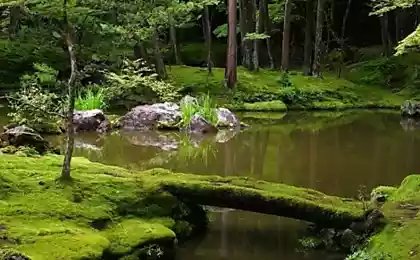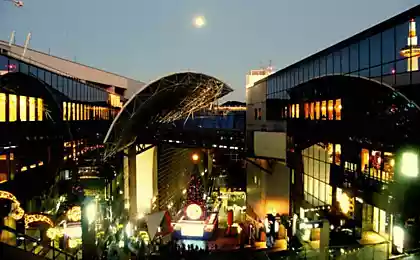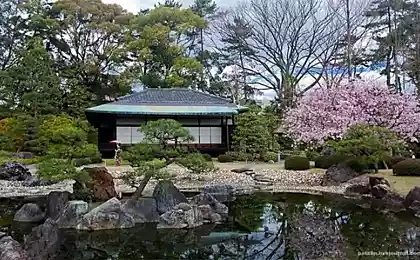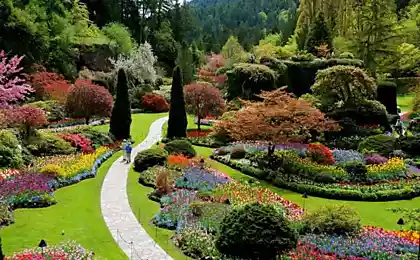548
The moss garden of the Saiho-ji
The leading story of its origin in modern twist since the era of feudalism in Japan (12-19 centuries), moss gardens have become part of Japanese tradition. In Japanese, "Koke" means "moss" and "Dera" — "the temple sanctuary", hence the name of the temple (garden) moss "Kocadere". A thousand years ago the monks of Zen Buddhists wrote about mosses in the gardens at churches.
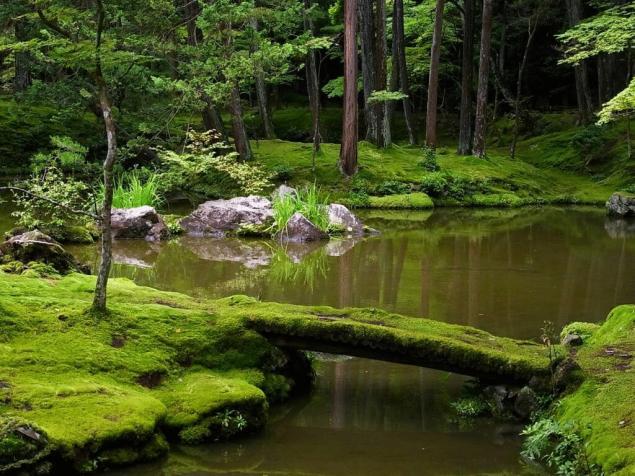
Although the rest of the world is now just beginning to come to an understanding and tries to copy a balanced calm reigning in the gardens of mosses. Many attractive gardens, moss can be seen in Kyoto — the ancient capital of Japan, where the surrounding mountains provide a constant humidity, and long summer rainy season create favorable conditions for the growth and survival of mosses.
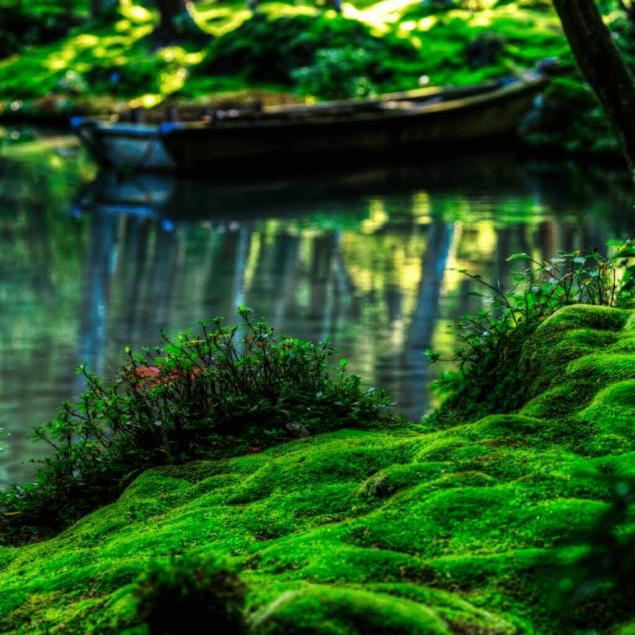
Perhaps the most famous among all "kocadere" or moss temples – temple Koinzan Saihoji (Koinzan Saihoji), located at the foot of mount Koinzan in the West of Kyoto. This temple was founded in the Nara era, a monk Gyōki. During civil wars the Church was completely destroyed, and the garden died. In 1339, the famous Teacher of Muso Kokushi began to restore the garden.
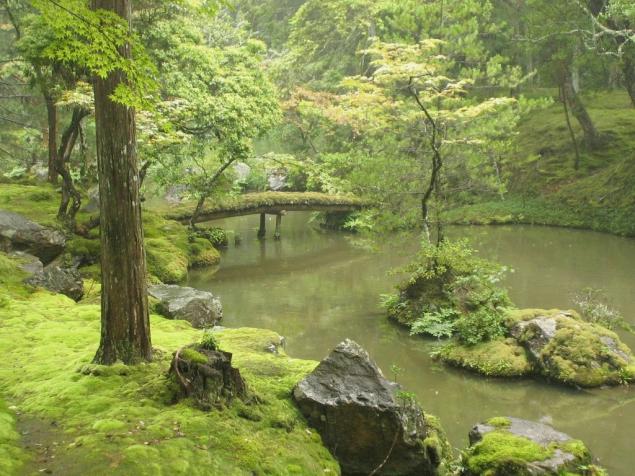
After the master's death his disciples continued to work for over a century. As the revival of the garden in it naturally began to grow mosses, and Muso Kokushi made the basis of the garden. Today in the garden of Mosses there are about 130 species.
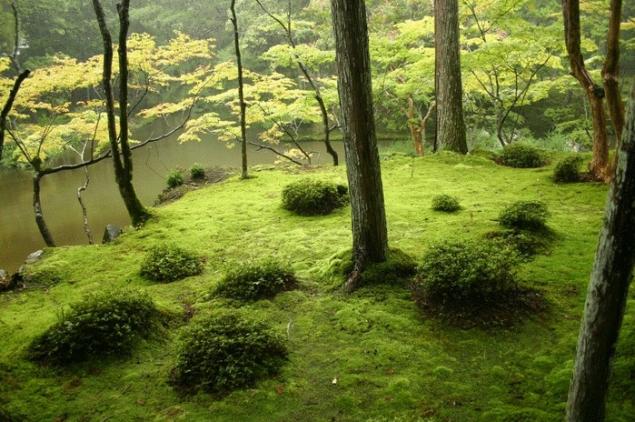
They are covered with a thick carpet of soil, rocks, bridges, Islands, trees. The famous garden is located at the Eastern base of the temple. In the centre of the garden is a pond that is shaped like the Chinese character "heart" or "mind" and consists of three small Islands.
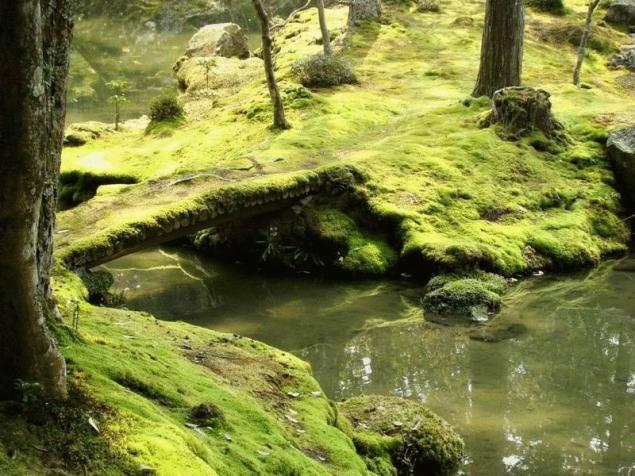
Garden Saiho-JI temple is closed to public access. This allowed for Buddhism after prior application and payment.
Source: /users/117

Although the rest of the world is now just beginning to come to an understanding and tries to copy a balanced calm reigning in the gardens of mosses. Many attractive gardens, moss can be seen in Kyoto — the ancient capital of Japan, where the surrounding mountains provide a constant humidity, and long summer rainy season create favorable conditions for the growth and survival of mosses.

Perhaps the most famous among all "kocadere" or moss temples – temple Koinzan Saihoji (Koinzan Saihoji), located at the foot of mount Koinzan in the West of Kyoto. This temple was founded in the Nara era, a monk Gyōki. During civil wars the Church was completely destroyed, and the garden died. In 1339, the famous Teacher of Muso Kokushi began to restore the garden.

After the master's death his disciples continued to work for over a century. As the revival of the garden in it naturally began to grow mosses, and Muso Kokushi made the basis of the garden. Today in the garden of Mosses there are about 130 species.

They are covered with a thick carpet of soil, rocks, bridges, Islands, trees. The famous garden is located at the Eastern base of the temple. In the centre of the garden is a pond that is shaped like the Chinese character "heart" or "mind" and consists of three small Islands.

Garden Saiho-JI temple is closed to public access. This allowed for Buddhism after prior application and payment.
Source: /users/117

